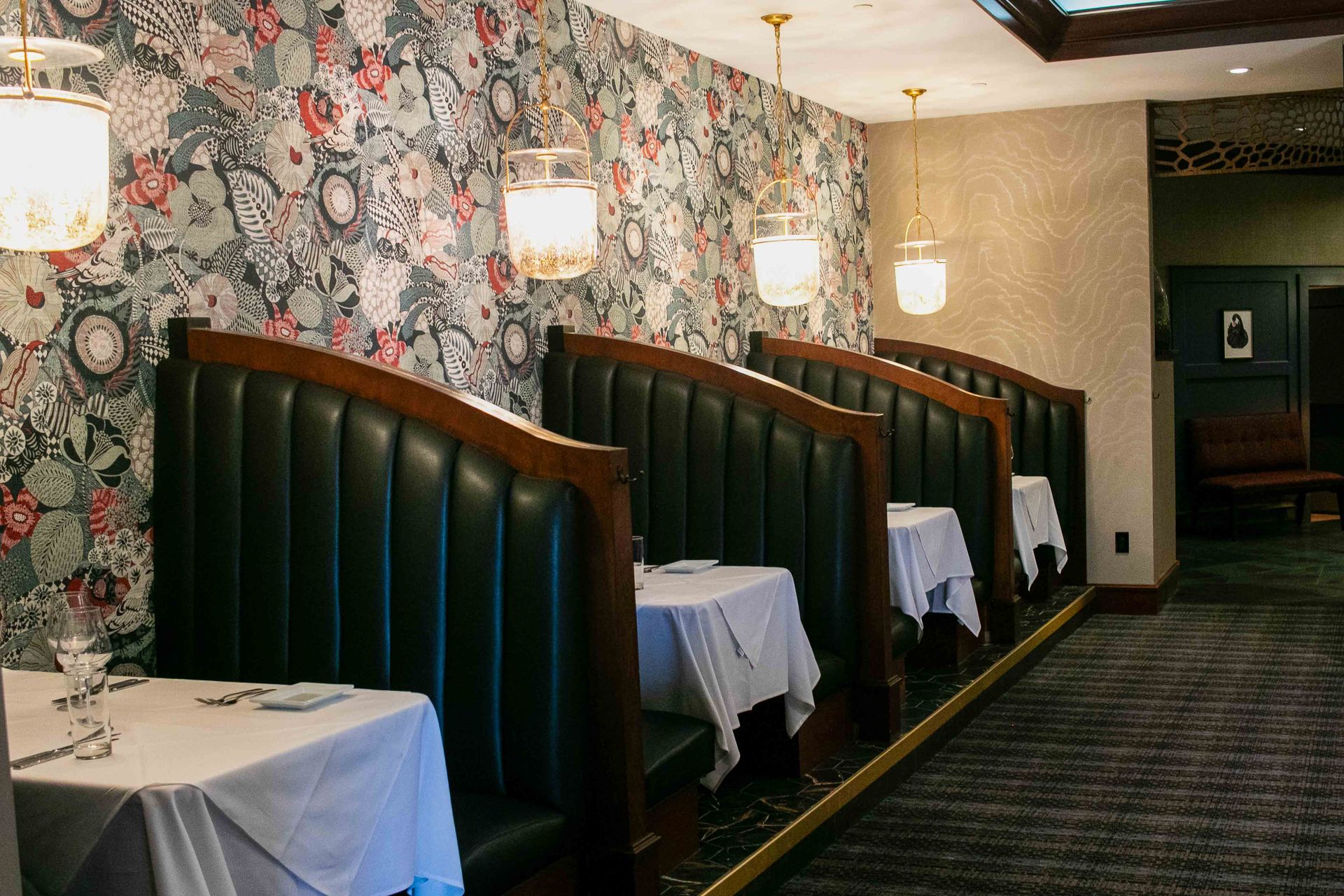Working in commercial painting means more than simply “being a painter.” As with any career, knowing where to start when you are first interested in becoming a commercial painter can be overwhelming. Professional painting is an excellent field due to the opportunity for constant skill building and advancement. However, if you are not aware of the skills to add to your repertoire or are unsure of how the career path looks, you may stay stagnant in the field.
Here at SmithPro Commercial Painting, we take an interest in guiding our employees through an apprenticeship, building skills, and working up to becoming journeyman painters and beyond. Read on as we walk through this process, and be sure to check out the career opportunities on our site.
Career Building Blocks
Apprenticeship
Typically, the way to start as a commercial painter is through an apprenticeship. Being an apprentice allows you to get firsthand experience on the job site. Apprentices will usually work under an experienced painter and “shadow” them. Shadowing can involve going to various jobs or even learning how to communicate with clients. Once at the job site, an apprentice will learn about identifying required materials, preparing surfaces, painting techniques, applying various paint types, interpreting blueprints, and more . In addition to these skills, apprentices also gain networking opportunities as they connect with other employees in the company and painters in the area. Most companies will want apprentices with a high school diploma or GED; some may have additional requirements.

Journeyman
After finishing an apprenticeship and spending time in the field, you may be interested in becoming a journeyman painter. Journeyman painters hone in on skills they have learned thus far in their time painting and add expertise to the project. Any paint job must prepare the surface properly before the paint goes on. Apprentice painters may work on preparing the surfaces, but this is a specialty for journeyman painters. They may use sandpaper, wire brush, power equipment, etc., to get the surface ready to paint. The journeyman painter will need to address any imperfections on the surface. The journeyman painter may also be leading or mentoring the other painters or be involved on the administrative side of the project as well.
Project Manager
Another title in the commercial painting industry is a project manager. As in similar industries, a project manager oversees the job and keeps track of time, money, and materials used. Project managers may also serve as the bridge between clients and painters throughout the project. They will liaise with the clients, ensure the job requirements are clear, and then make a timeline for the painters and the rest of the crew. While painters focus on minor details, project managers consider the big picture. Suppose you are interested in the commercial painting industry and prefer to be an organizer in addition to helping on the jobsite. In that case, a project management role could be an excellent fit for you.

Other Jobs
In addition to these positions listed above, a commercial painting company may have other roles available. Commercial painting has strong ties to interior design. Some companies will hire interior designers to bring their expertise to the project’s color schemes, patterns, and materials. Another role common in commercial paint settings is being an estimator. Estimators will assess the project as a whole, place bids, review and analyze take-offs, and work with the project managers. Lastly, depending on the size of the commercial painting company, there may be an office staff. The office staff might not need experience in the commercial painting industry, but they will want to be familiar with the painting crew and their current projects.
With all these positions, there is room to learn and build a strong career. The commercial painting industry remains steady as new development continues worldwide and buildings renovate. Here at SmithPro Commercial Painting, we take pride in our work and view our company as a community. The painters on our team have been with us for an average of eight years.
To build experience, we will work with a painter from apprenticeship to journeyman to beyond. Further, we have been around for over 50 years and have connections throughout the Greater St. Louis area. If you are interested in a career in commercial painting or have any other questions, we would love to hear from you – get in touch today!











